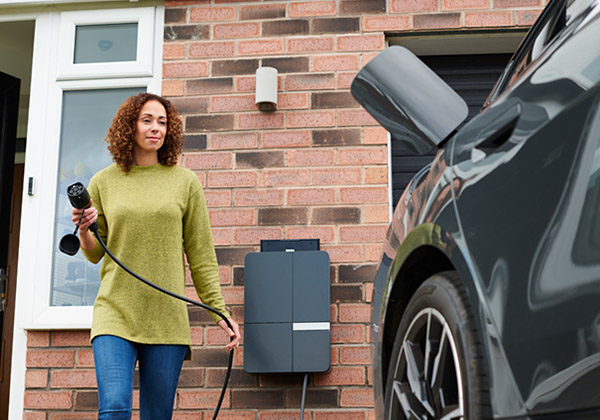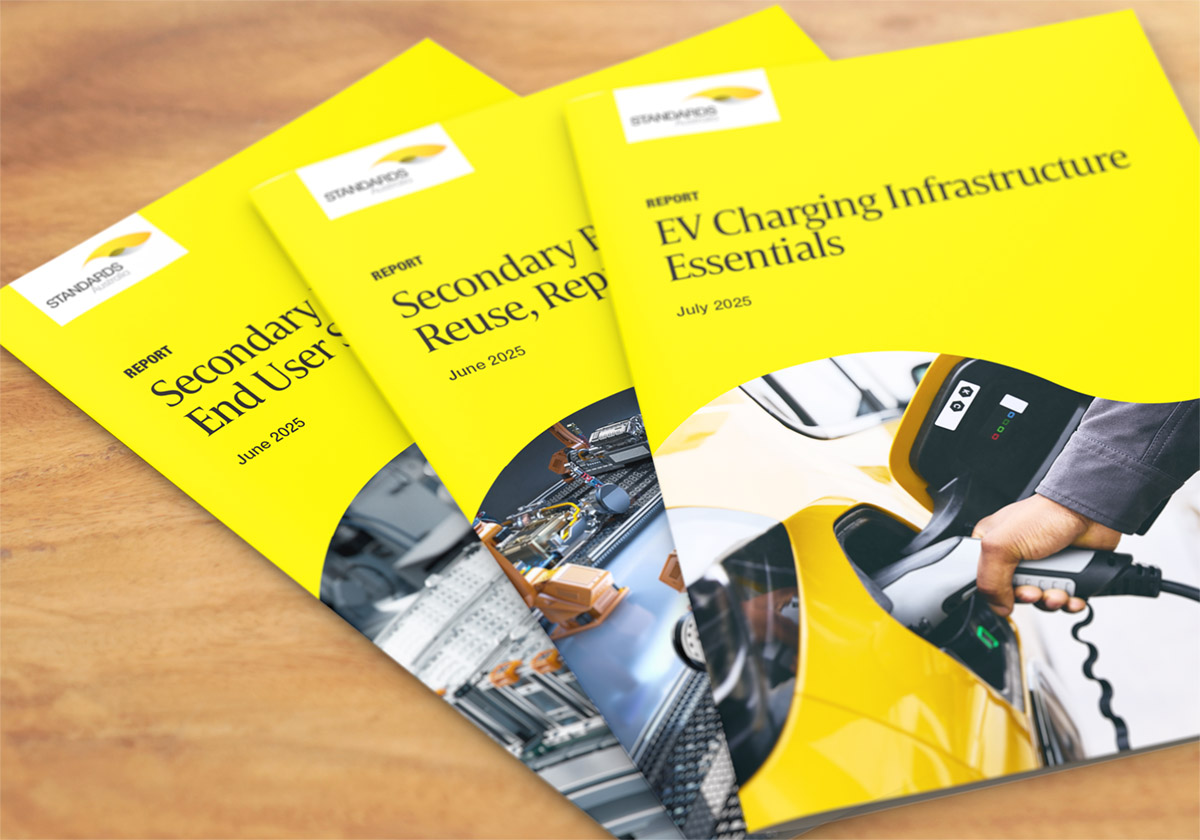Advancing Safety Standards in Battery Storage: Launch of Preliminary Tech Spec TS 5398
Statements
Standards Australia has released the Preliminary Technical Specification TS 5398, Electrical Energy Storage Equipment -Safety Requirements, an important milestone in the evolution of safety standards for battery energy storage systems. This document represents the first step in updating the widely respected Best Practice Guide (BPG), originally published in July 2018, into a modern and robust safety framework that reflects advances in technology and industry practice.
The original BPG was developed through extensive collaboration with system manufacturers, certifiers, safety regulators and industry bodies. It provided foundational guidance on minimum electrical safety criteria for small-scale lithium-based battery storage systems. TS 5398 strengthens this guidance, addressing emerging technologies and evolving use cases to ensure continued safety, reliability and compliance in the sector.
Key highlights of TS 5398:
- Focuses on lithium battery systems while expanding to accommodate additional and emerging technologies in battery storage
- Establishes updated safety criteria for household and small-scale installations, forming a platform for future standardisation work
- Marks the beginning of a broader effort to create full safety standards for both residential and large-scale commercial/network-level battery storage equipment
“The Preliminary Technical Specification is an exciting step forward,” said Kareen Riley-Takos, Chief of Engagement, Standards & International Relations at Standards Australia. “As the demand for energy storage continues to grow, so too must our standards to reflect the latest technologies and ensure the highest levels of safety and performance.
“The document will provide users with greater guidance over key activities that must be undertaken when considering the installation of battery systems in homes. We want consumers to have confidence in the energy efficiency choices they make in and around their homes.”
Standards Australia will continue to work with industry, government, and its Technical Committee to have the document published as an Australian Technical Specification. The document will now undergo a formal Peer Review, with an anticipated release by the end of July 2025. The content is subject to change as the formal endorsement of the document progresses.

Standards Australia has released the Preliminary Technical Specification TS 5398, Electrical Energy Storage Equipment -Safety Requirements, an important milestone in the evolution of safety standards for battery energy storage systems. This document represents the first step in updating the widely respected Best Practice Guide (BPG), originally published in July 2018, into a modern and robust safety framework that reflects advances in technology and industry practice.
The original BPG was developed through extensive collaboration with system manufacturers, certifiers, safety regulators and industry bodies. It provided foundational guidance on minimum electrical safety criteria for small-scale lithium-based battery storage systems. TS 5398 strengthens this guidance, addressing emerging technologies and evolving use cases to ensure continued safety, reliability and compliance in the sector.
Key highlights of TS 5398:
- Focuses on lithium battery systems while expanding to accommodate additional and emerging technologies in battery storage
- Establishes updated safety criteria for household and small-scale installations, forming a platform for future standardisation work
- Marks the beginning of a broader effort to create full safety standards for both residential and large-scale commercial/network-level battery storage equipment
“The Preliminary Technical Specification is an exciting step forward,” said Kareen Riley-Takos, Chief of Engagement, Standards & International Relations at Standards Australia. “As the demand for energy storage continues to grow, so too must our standards to reflect the latest technologies and ensure the highest levels of safety and performance.
“The document will provide users with greater guidance over key activities that must be undertaken when considering the installation of battery systems in homes. We want consumers to have confidence in the energy efficiency choices they make in and around their homes.”
Standards Australia will continue to work with industry, government, and its Technical Committee to have the document published as an Australian Technical Specification. The document will now undergo a formal Peer Review, with an anticipated release by the end of July 2025. The content is subject to change as the formal endorsement of the document progresses.

Email:

Email:

